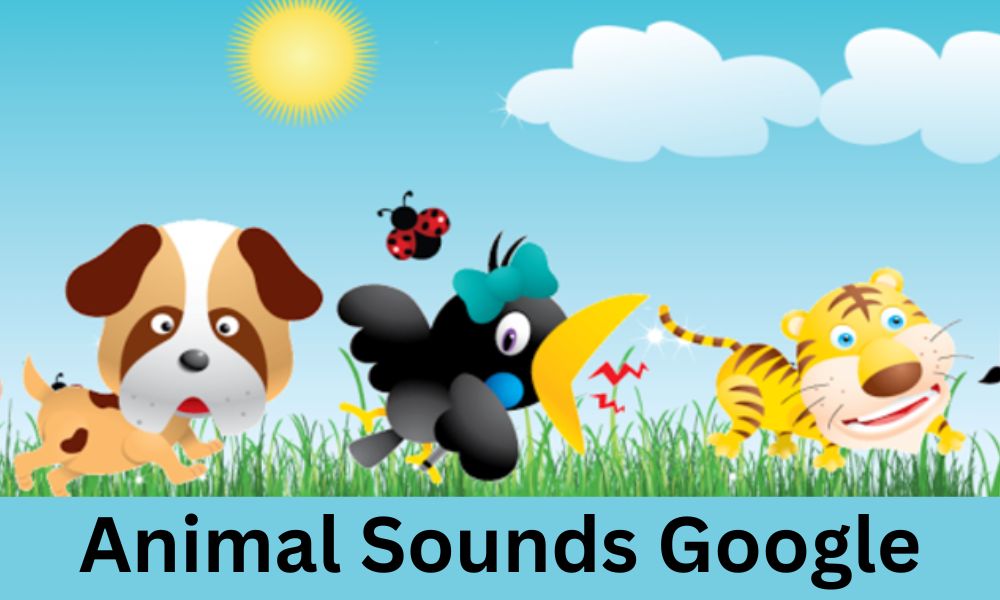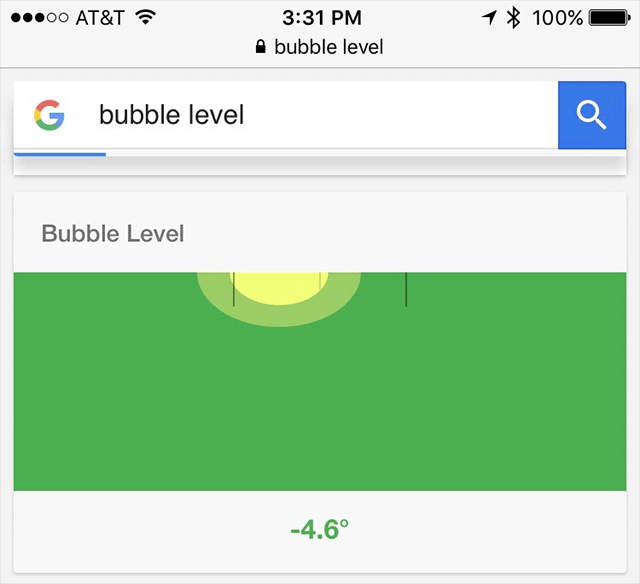Have you ever caught yourself wondering what a koala actually sounds like? Or perhaps you’ve tried explaining a lion’s roar to a curious child? With today’s technology, these aren’t just random curiosities—you can actually listen to them. That’s where animal sounds google becomes such a fascinating tool. This simple feature from Google allows you to hear real animal noises just by typing a few words into the search bar. It’s designed for anyone—from kids learning their first words to adults exploring nature from the comfort of their screens.
What is the Animal Sounds Feature on Google?
When you type in a search like “tiger sound” or simply “animal sounds,” Google presents a neat panel with animal icons and speaker buttons. Tap one, and you’ll hear the animal’s actual sound—no need to scroll through YouTube or visit a zoo.
This feature first launched with 19 common animals and has grown to include many more over time. It now features wild animals like elephants, domestic pets like cats and dogs, and even exotic creatures like humpback whales. For many, especially young learners, hearing these sounds helps them form stronger associations between animals and their environments. It makes digital learning more memorable and interactive.
How to Use Google’s Animal Sound Feature
Getting started is incredibly easy:
-
Open Google on your browser or app.
-
Type something like “lion sound” or just “animal sounds.”
-
A result card appears with a speaker icon next to animal images.
-
Tap the icon to hear the animal.
You can also use your voice by saying, “Hey Google, what sound does a duck make?” It works on smartphones, tablets, desktops, and even Google Nest smart speakers. Whether you’re using Android or iOS, the feature responds instantly without requiring any apps or downloads.
This is especially helpful in classrooms, homeschooling, or even quick bedtime lessons. It also adds a bit of fun to your day when you want to show off animal sounds at a family gathering or teach your toddler the difference between a lion and a leopard.
Educational Benefits for Children and Adults
Hearing is believing, especially for children. Visual learning through pictures is powerful, but adding sound strengthens the experience. When kids hear a dog bark or an owl hoot while seeing the animal’s image, it builds both memory and language skills.
Teachers can use animal sounds – google during science lessons or storytelling sessions to make animals come alive for their students. It helps with vocabulary development and supports auditory processing skills. For English learners or ESL students, this is a great tool to learn animal names and related sounds.
Adults, too, find value in this feature. Nature enthusiasts can learn the calls of animals they may never encounter in person. Content creators and educators can use the sounds in presentations or as examples during workshops. It’s a surprisingly versatile learning aid.
Global Appeal and Cultural Variation
Did you know animal sounds differ by language? A dog may say “woof” in English, but in Japanese, it says “wan wan.” These are called onomatopoeic words, and they vary widely across cultures. While Google plays actual animal sounds, the way people interpret and write those sounds can differ drastically depending on language and culture.
With animal sounds – google, you get to hear the real audio clips instead of the language-based versions. That’s an advantage, especially if you’re trying to understand how the animal really sounds, not how it’s represented. Still, it sparks an interesting conversation about language, hearing, and how we all experience the same world in slightly different ways.
Can Google Add More Features?
Although this tool is impressive, it isn’t perfect. Not every animal is available yet. If you’re looking for rare species or region-specific wildlife, you might come up empty. There’s also no way to request new animal sounds, though feedback can be submitted.
Future enhancements could include more diverse animal categories (e.g., insects or aquatic life), different sound types (like mating or alarm calls), and regional sound variants. Integration with educational apps, virtual reality platforms, or Google’s own AR tools could make this even more immersive.
We may even see community-contributed sounds in the future, similar to how Wikipedia relies on user-submitted content. Verified contributors, including biologists or zookeepers, could help Google build the largest open-source animal sound bank in the world.
Frequently Asked Questions
Q1. Is the feature available everywhere?
Not entirely. While most English-speaking countries have access, it might not be fully functional in some regions.
Q2. Are the sounds authentic?
Yes, most are sourced from reputable sound libraries to ensure they closely match the actual calls of each animal.
Q3. Can I use this feature offline?
No, you need an internet connection since it’s a live feature embedded within the search engine.
Q4. Will Google add more animals?
It’s likely. As user interest grows, Google could expand the list or allow user contributions in the future.
Conclusion
The animal sounds – google feature isn’t just another digital trick—it’s a meaningful way to connect with nature in a fast, interactive, and enjoyable format. It turns curiosity into a moment of learning, making it ideal for children, educators, or anyone who enjoys nature’s audio beauty. Whether you’re looking to teach, learn, or simply smile at the sound of a quacking duck, this tool brings the wilderness to your screen with just one click. So go ahead—ask Google what a peacock sounds like. You might be surprised by what you hear.
Must be Read:




